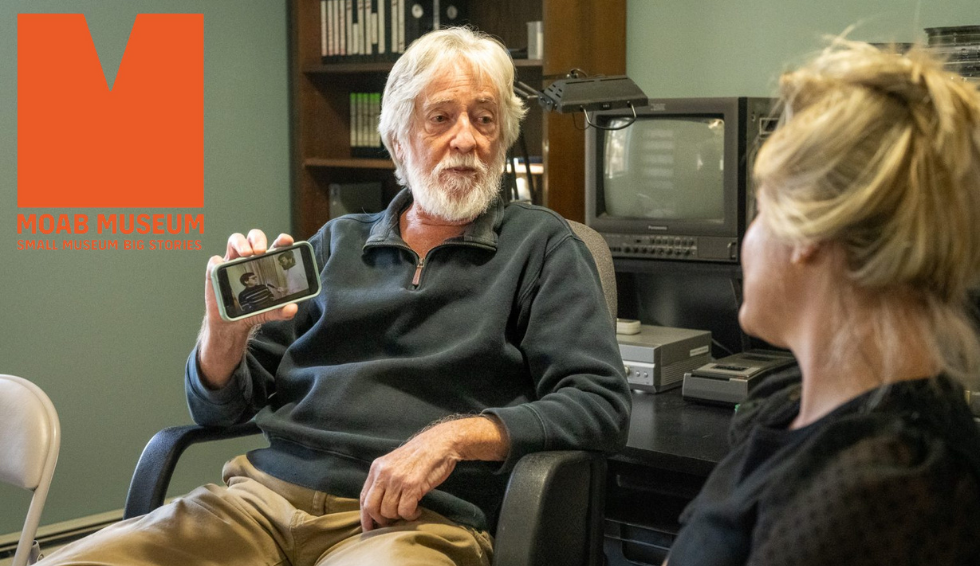
Reeling in History with the Moab Museum
Each year, the Utah State Historical Records Advisory Board (USHRAB) awards grants to organizations throughout the state to assist with the preservation and public access of our state’s history. These grants are made possible by funding from the National Historical Records and Publications Commission at the National Archives. As we get ready for the USHRAB’s 2024 funding season, we’re going to spend the next couple weeks getting to know our current grantees projects and the work the Board does to make Utah history more accessible.
The Moab Museum is a cultural and natural history museum dedicated to sharing the rich stories of Moab, Utah and greater Canyonlands region.
What is one fun fact about your organization that the general public might not know?
The Moab Museum was first envisioned in 1958 when the town’s Women’s Literary Club (WLC) chose as its Community Achievement Project the formation of a museum to preserve, display, and interpret the various archaeological, paleontological, geological, historical, and mineralogical resources in the area. The WLC stated, “It is our desire to see that what remains is preserved and reconstructed for display as a vital addition to our educational needs. This museum will provide a cultural and social gathering place, a center for adult recreation.”
What is your project? What kinds of documents are you working with?
The project is to digitize the Channel 6 Moab News Archive: a collection of VHS tapes containing approximately 1,200 hours of film representing 2,200 individual news broadcasts of a seminal period of time in Moab’s history from 1989 to 2000. Each tape contains approximately two hours of footage.
Projects like this take a lot of time, labor, and care to complete. Can you tell us a little about the folks who will be working on this project? What are their roles, responsibilities, and motivations?
The chief individual working on this project is Jim Mattingly, the producer of the archive. The project’s lead will be Tara Beresh, Curatorial and Collect
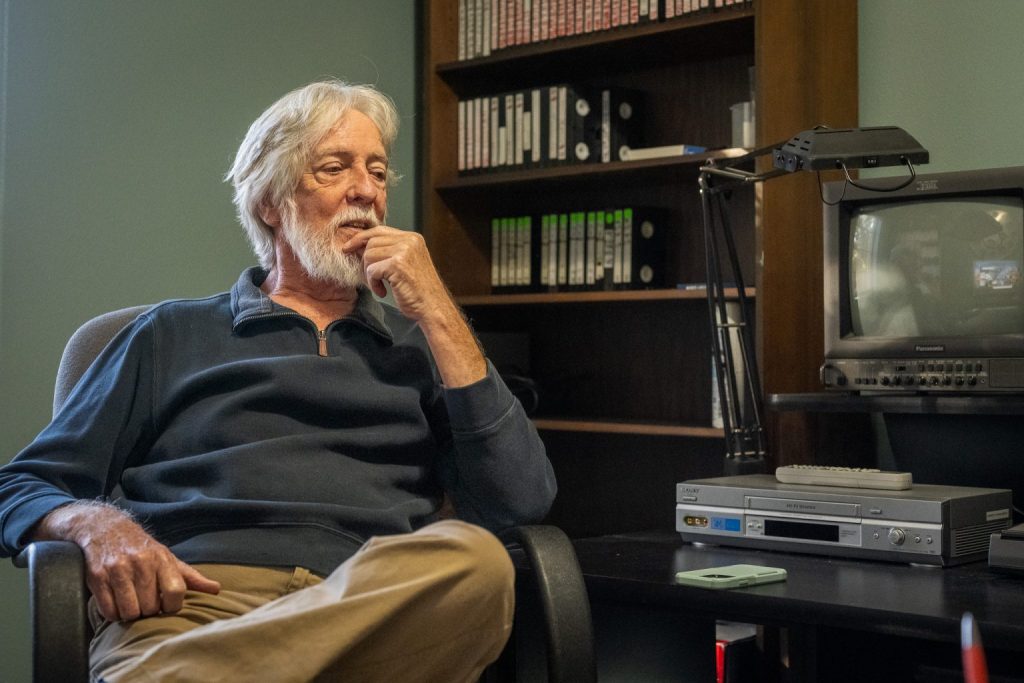
Jim Mattingly is the retired executive producer and director of photography for Omni Productions Inc., which he founded and operated for 36 years beginning in 1987. In 1989 Mattingly took over production of the local Channel 6 television news broadcast. Channel 6 news was established in 1956 when Moab became one of the first communities to install cable television and a local television channel. At that time, the news was broadcast live. In 1989, Mattingly’s team produced a daily newscast five days a week on videotape, and each was broadcast three times a day. He worked with international film companies traveling to Moab for television commercials for national distribution and filmed for the Marlboro Adventure Team which hosted participants worldwide for professional off-roading, river running, rappelling, and other adventure sports. Mattingly also conducted freelance photojournalism for national networks, reporting on breaking news stories in the four corners area from the Crandall Canyon mining disaster to federal sting operations on ancestral artifact looters in Blanding, UT.
Tara Beresh and Forrest Rodgers agree that film provides a window into history that is invaluable and different from a written archive, a still photograph, and/or a physical object or artifact. It lends a perspective that is somewhat less vulnerable to misinterpretation. The Moab Museum Archive contains very little motion documentation of history, and these records, once digitized will prove useful to the public in years to come as they illustrate what life was like in town prior to the extreme development and tourism of today.
Why did you/your organization choose these documents as your project? What makes these items special or significant?
During the 12 years that the original archive was produced, Moab witnessed significant cultural and economic changes as it moved from an extractive economy to one based on tourism and outdoor recreation. Channel 6 news provided the community with a window to decisions related to these changes, and, therefore, is an important historical record of that time period. The newscasts cover a range of local activities including city and county council meetings, school functions, tourism’s implementation, and early impact, and the significant change from a three to seven-member city council. In addition, there are important interviews with influential locals as well as state and federal politicians on a variety of subjects. As a body of work, these broadcasts document the changing dynamics of Moab at a pivotal time in history.
Once this project is complete, what will your organization do with these records? Do you have any exhibits (in-person or digital), unveiling, etc. that you would like to do?
A vital component of this project is to make these motion files available to the public via a web channel on the YouTube platform that will be linked to our website and potentially other interested regional websites, such as the Grand County Public Library. We will definitely be composing articles for the two local newspapers, and spreading word on social media platforms that the record is available for viewing by the public at large. Content from the archive will undoubtedly be utilized when relevant to upcoming exhibitions.
What do you hope that the general public will do with these records once they are accessible?
We anticipate these records will be perused by the general public far and wide for a variety of reasons. Local community members will likely seek clips that validate memories from a time long ago, to recall events that happened when they were younger, and to share these memories with their friends and family. People will likely reference the archive in research projects to substantiate claims about when and how the local economy changed and how the community responded to these changes.
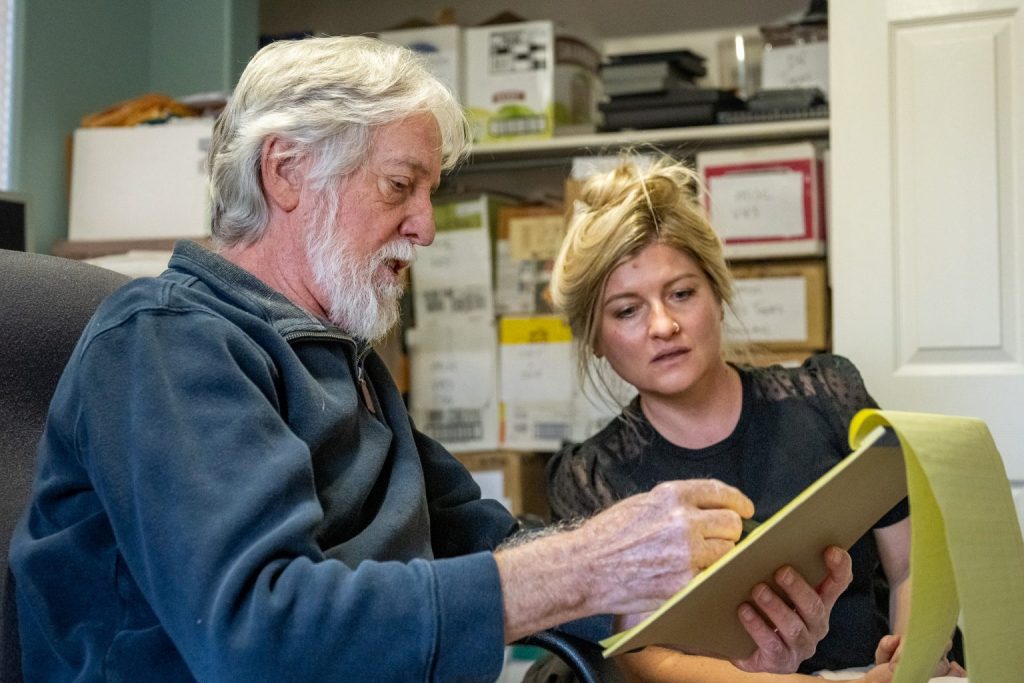
The USHRAB’s grant program is funded by a State Board Programming Grant from the National Historical Publications and Records Commission at the National Archives. The USHRAB assists public and private non-profits, as well as non-Federal government entities throughout the State of Utah in the preservation and use of historical records.
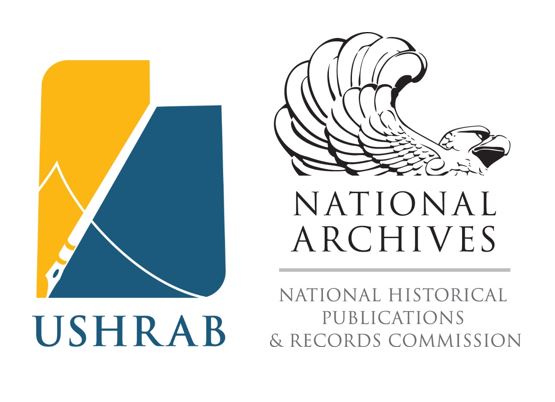
Recent Posts
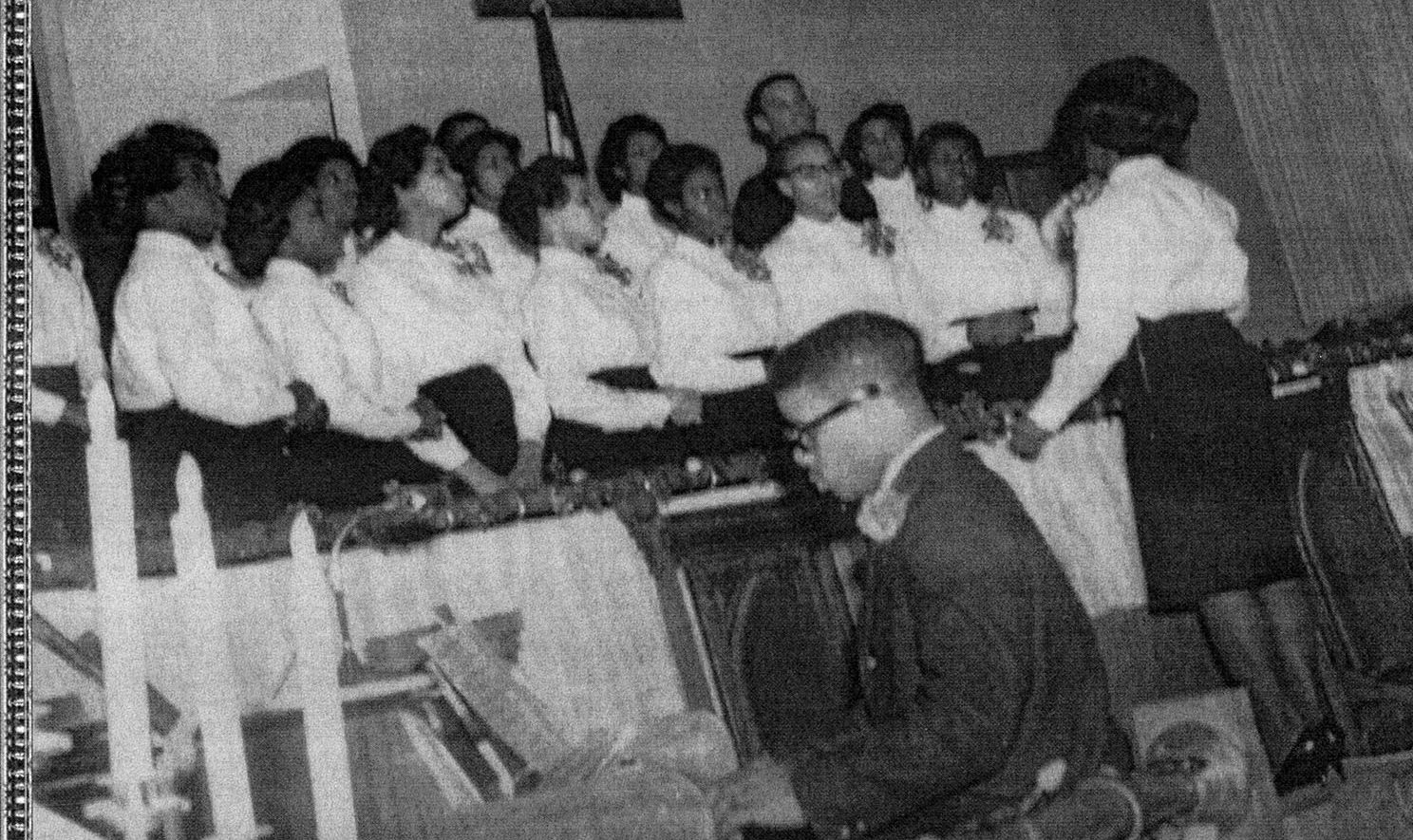
From Pews to Pixels: Weber State’s Stewart Library Digitizes New Zion Baptist Church’s Legacy
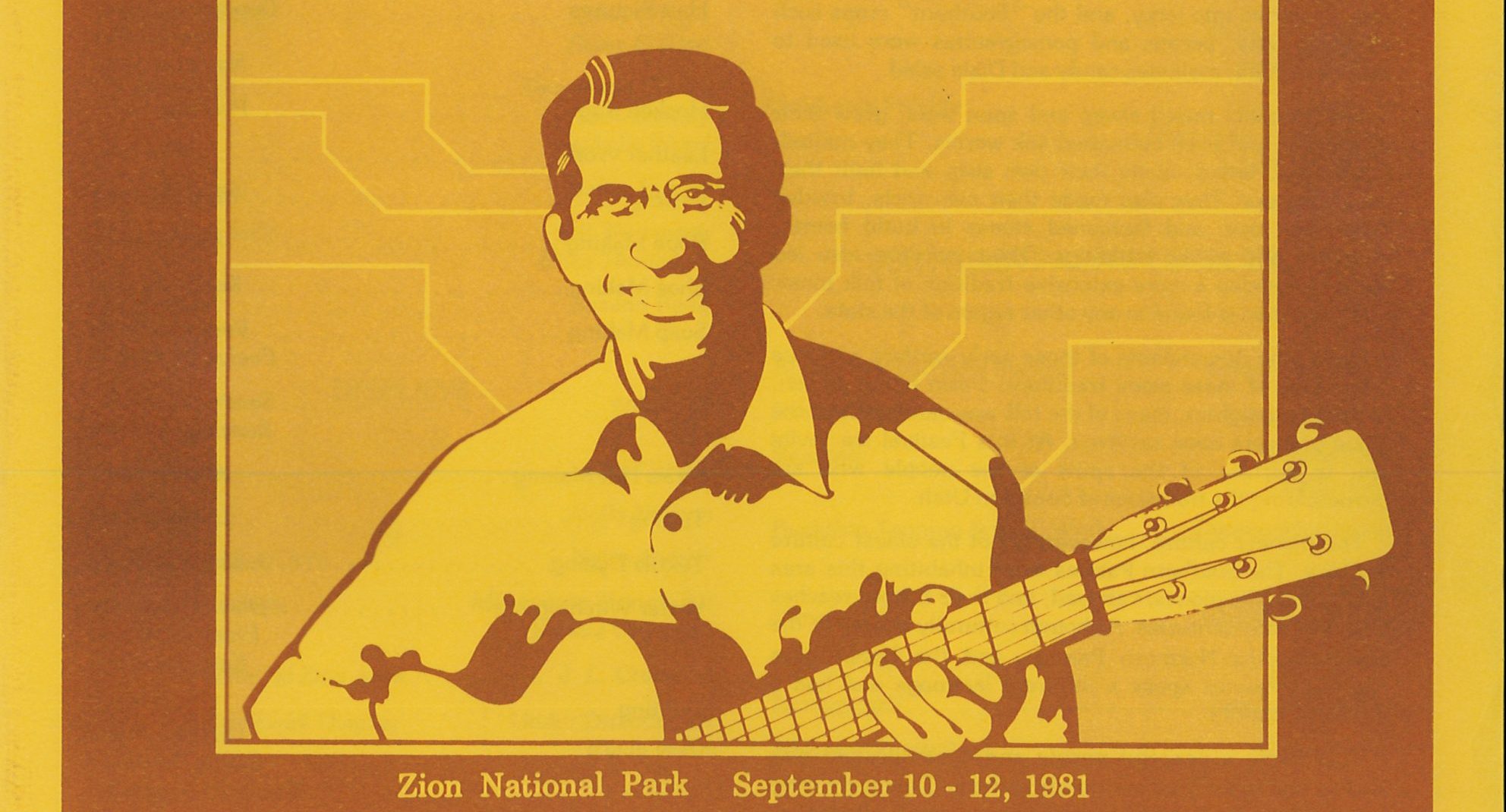
New Finding Aids at the Archives: March 2024
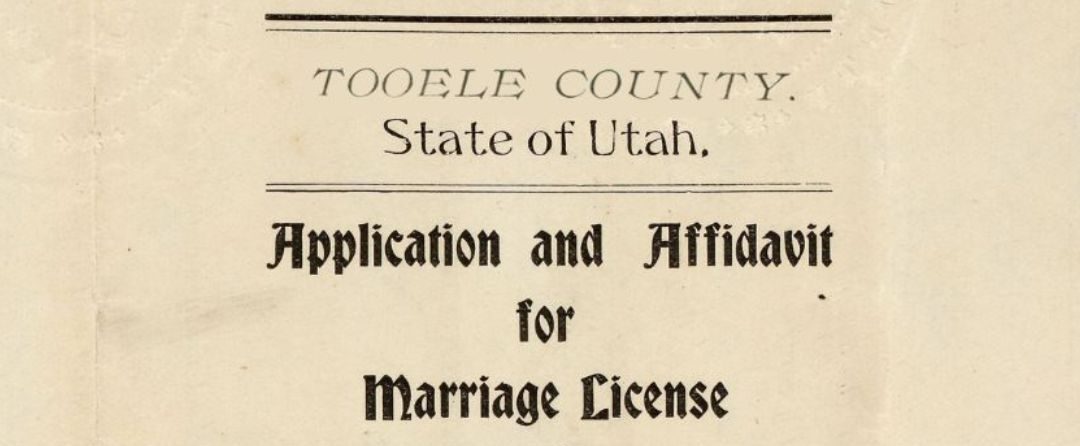
Sealing the Deal: Tooele County Clerk’s Office Unlocks the Vault with Historic Marriage Records
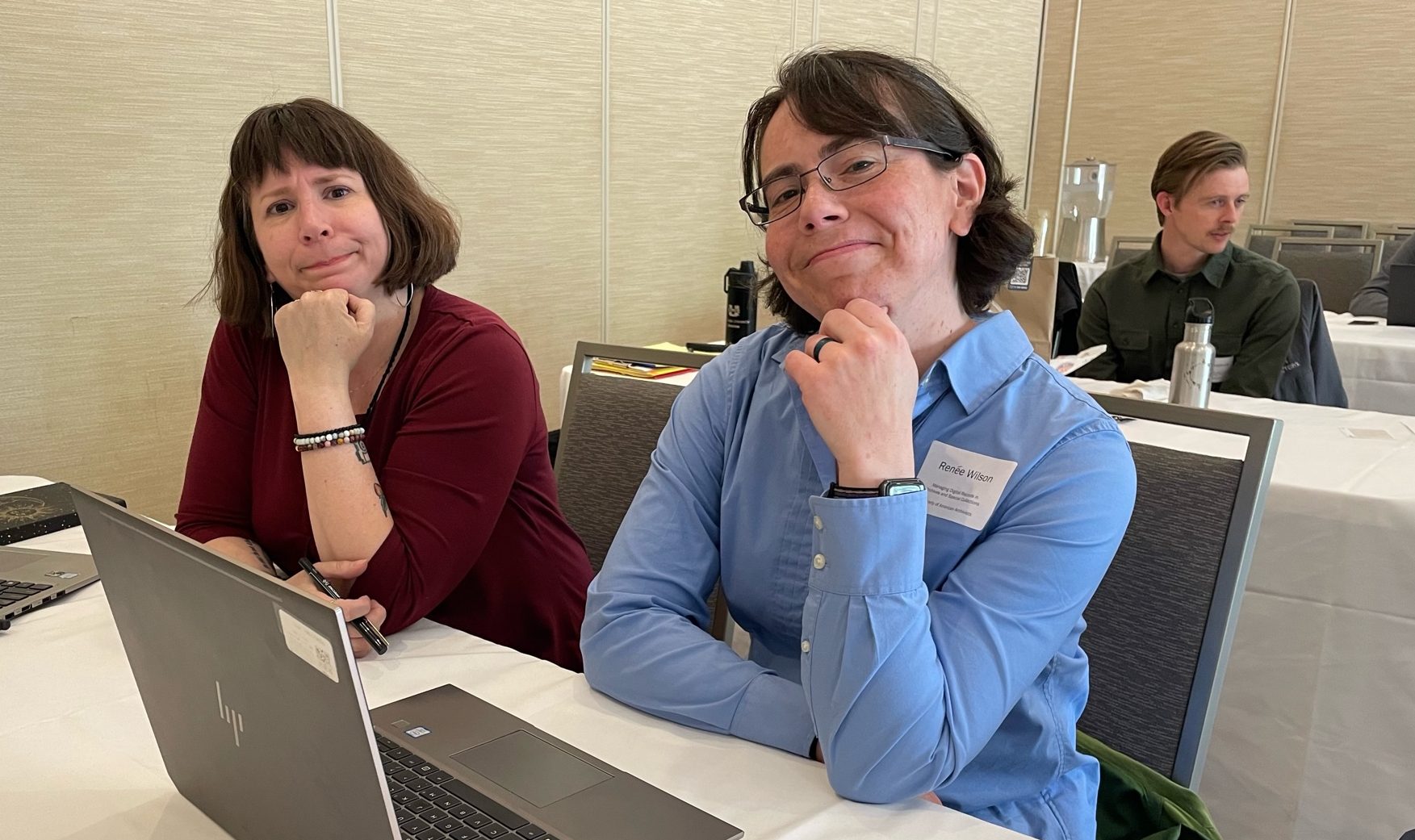
Summer 2024 Internships
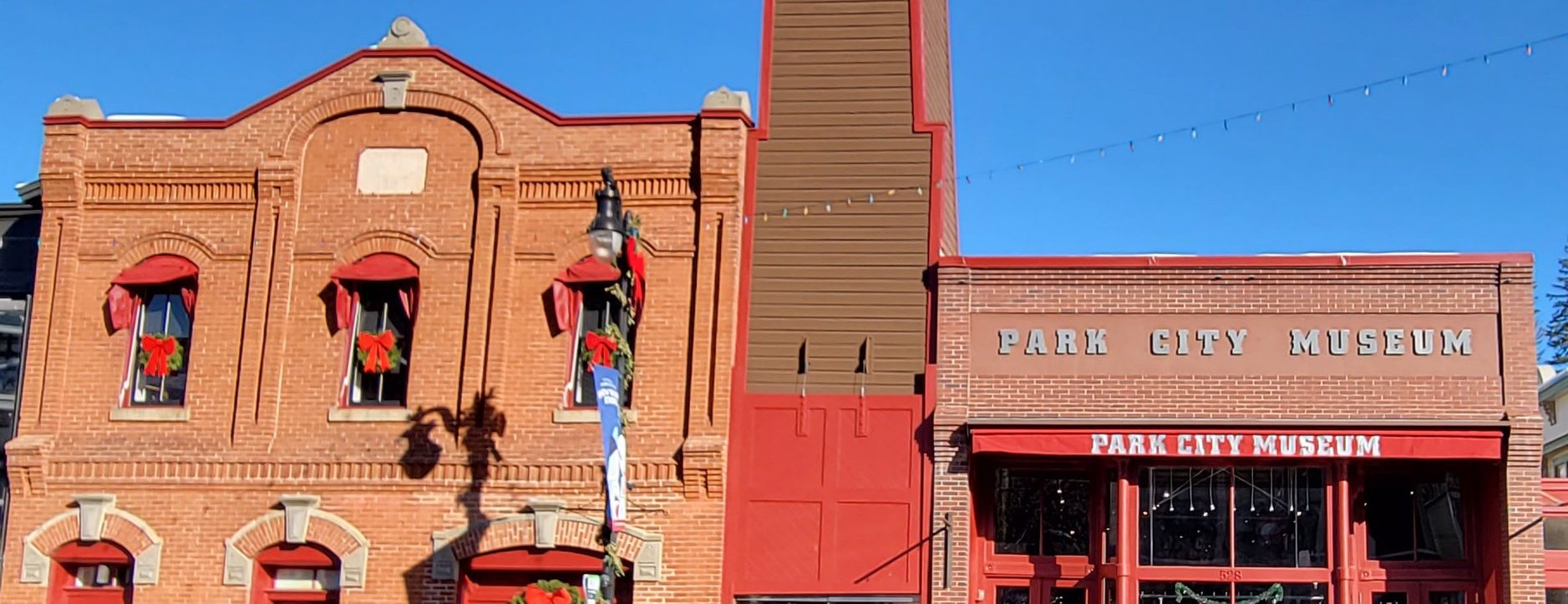
Developing History: Park City Museum’s Snapshot into the Past
Authors
Categories
- Digital Archives/
- Electronic Records/
- Finding Aids/
- General Retention Schedules/
- GRAMA/
- Guidelines/
- History/
- Legislative Updates/
- News and Events/
- Open Government/
- Records Access/
- Records Management/
- Records Officer Spotlights/
- Research/
- Research Guides/
- State Records Committee/
- Training/
- Uncategorized/
- Utah State Historical Records Advisory Board/